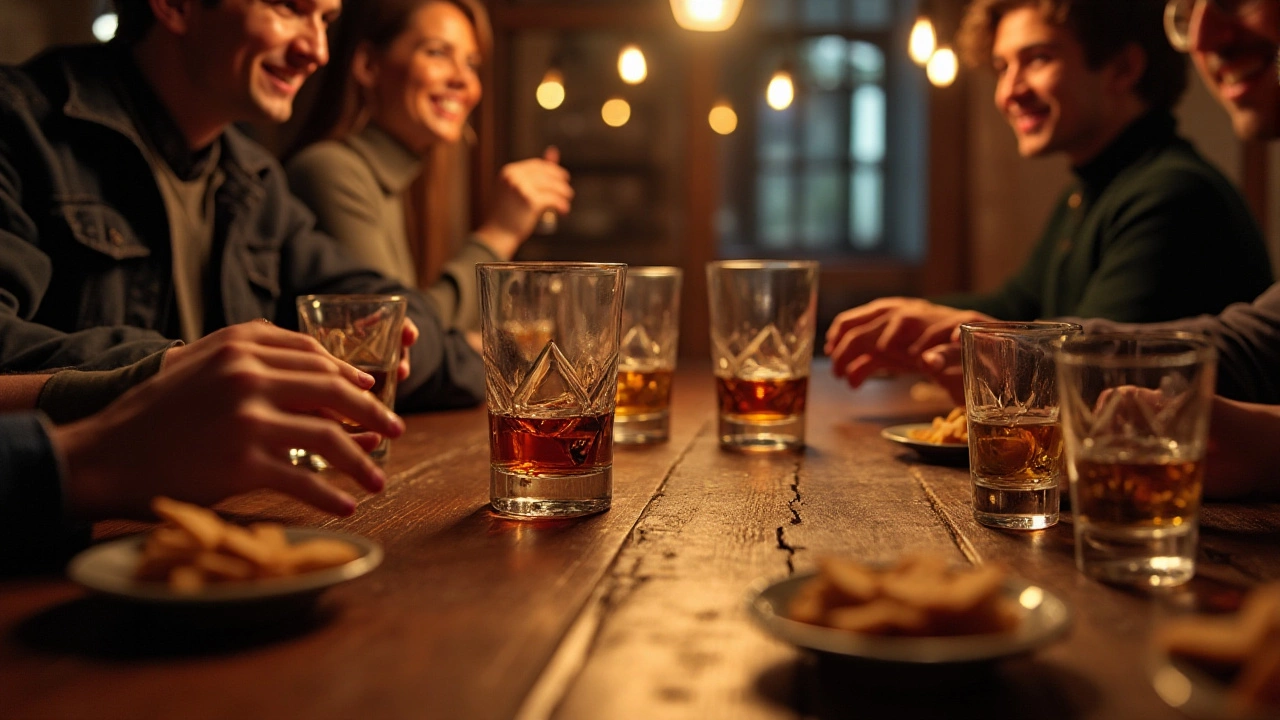Sensory Tips to Sharpen Your Drink Tasting
Ever wonder why some people can nail a wine description while you just say "good"? It’s not magic – it’s practice. Your senses are tools you can train, and a few simple habits make a huge difference. Below are practical tips you can start using tonight.
Use Your Senses One by One
Look first. Hold the glass up to light and note the color, clarity, and legs. Darker reds usually mean more body, while pale whites hint at crisp acidity. This visual cue sets expectations before you even smell.
Smell next. Swirl gently, then take a short sniff. Try to pick out three layers: fruit, spice, and oak. If you can’t name them, think of common flavors – apple, black pepper, vanilla – and match them. Repeating this with different drinks builds a scent library in your brain.
Touch matters too. Feel the weight of the glass and the temperature of the liquid. A cold whisky will feel heavier than a room‑temperature wine. Noticing texture helps you separate smooth from harsh.
Take a sip and focus. Let the liquid coat your tongue. Identify sweetness, acidity, bitterness, and alcohol warmth. Try to isolate each flavor: is that a hint of citrus, a whisper of leather, or a dash of caramel?
Finish with sound. Some drinks make a distinct pour or fizz. A sparkling wine’s pop can signal its liveliness, while a quiet spirit pour hints at a smoother profile. Listening adds another layer to the experience.
Everyday Exercises to Sharpen Your Palate
Practice doesn’t need a fancy lab. Keep a small tasting notebook and write one word for each sense after every drink. Over a week you’ll see patterns – maybe you miss oak notes or struggle with acidity.
Try a blind tasting with friends. Cover the labels and guess the type, region, or even the grape. The pressure forces you to rely on sensory clues instead of branding.
Use food as training tools. Cut a piece of lemon and a slice of dark chocolate. Smell, taste, and compare them to the same notes in a wine. Connecting flavors across categories makes them easier to spot later.
Switch up glassware. A wide‑bowl glass releases more aroma, while a narrow flute concentrates it. Notice how the same drink feels different and which glass helps you pick up more details.
Finally, breathe properly. Inhale through your nose and exhale through your mouth before sipping. This clears your palate and resets your sense of smell, making each sip cleaner.
These tiny habits add up. After a few weeks you’ll find yourself describing drinks with confidence and catching subtle hints you missed before. Your senses are muscles – the more you work them, the stronger they get. Cheers to tasting like a pro!
To fully appreciate the flavors of different whiskeys, learning how to cleanse your palate is essential. A clean palate can unveil hidden notes and elevate your tasting experience. From simple methods like water and crackers to more inventive techniques, this guide covers effective palate cleansing strategies. Understanding how palate cleansing enhances perception will enrich your enjoyment of whiskey tastings. Discover the art of preparing your taste buds for a sensory adventure.
View Details

